From baobab trees and pristine beaches, to lush rainforests and national parks, there are lots of reasons to visit Madagascar. As the world’s fourth largest island, Madagascar is a biodiversity hotspot and few places on earth possess such a wide range of endemic species.
The best reasons to visit Madagascar
Once a somewhat challenging destination, the Republic of Madagascar now has something for everyone, whether you’re after a luxury island hideaway or a rural homestay.
Nature lovers can revel in the island’s breathtaking landscapes, sun seekers can swim in the Indian Ocean and visit some of the most beautiful beaches in the world, and wildlife enthusiasts can get up close-and personal with humpback whales, sea turtles and whale sharks.
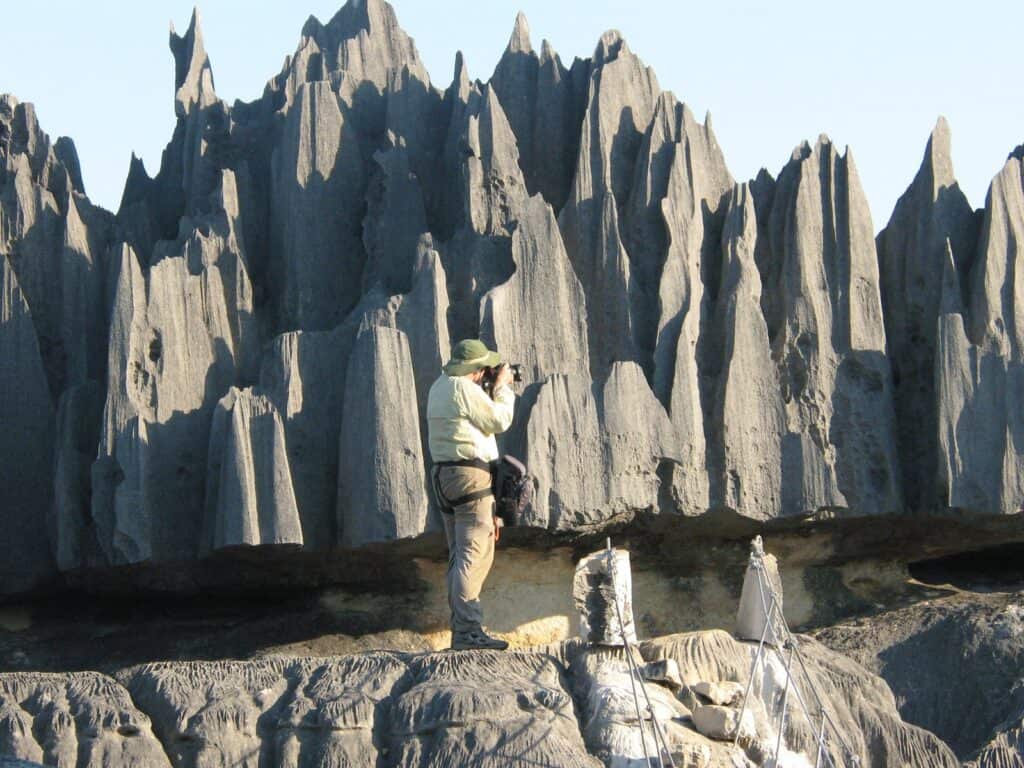
Dig a little deeper and you’ll discover the island also encompasses a rich cultural heritage. Home to the Royal Hill of Ambohimanga (a UNESCO World Heritage site) and several different ethnic groups, including the Malagasy people, Madagascar is the perfect destination for travellers seeking a side of culture with their sunshine.
And what of the adrenaline junkies? Madagascar is also a great place for adventure lovers hoping to find excitement on the African continent. With a number of bucket list activities on offer, including jungle treks, grand canyon tours and bungee jumping, engaging in extreme sports is one of the best things to do on the island.
While Madagascar is a beautiful country to visit, it’s a place where it really helps to work with people who know the country well. Remote River Expeditions – Madagascar offers a wide variety of throughout the country, with a long and successful track record. You can find out more about arranging a trip to Madagascar with them here.
So, if sunny weather, delicious food, local markets and diverse landscapes aren’t enough to convince you, we’ve compiled a list of nine reasons to visit Madagascar.
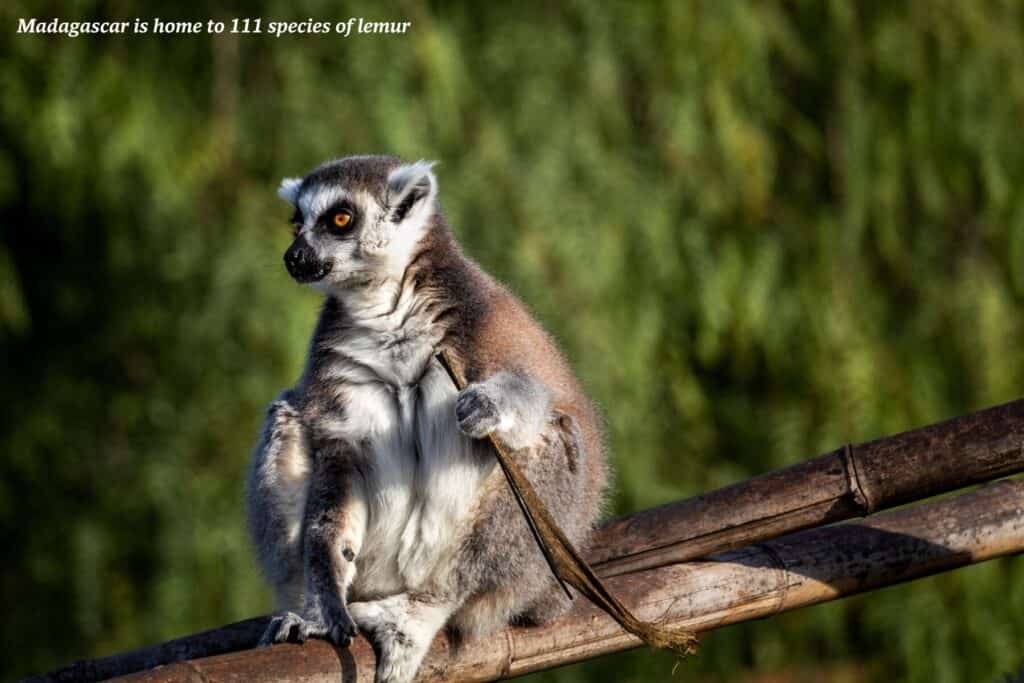
Hang out with a ring-tailed lemur
The first thing on the mind of most visitors to Madagascar is wildlife, and for good reason. Within this unique African nation dwell some of the most remarkable animals on the planet, from 300 species of birds, to 300 reptile species, over 90% of which are endemic.
And nothing marks a trip to Madagascar better than a day spent hanging out with ring-tailed lemurs.
With over 111 species of lemur living in the country, you’re almost guaranteed to see one during your stay. However, there are things you can do to maximise your chances of an encounter.
Madagascar is a big island, and so it pays to know where to look when on the hunt for wildlife.
The natural habitat of lemur species is forested land. While they can sometimes be found among the palm trees, you’re better placed focusing your attention on spiny forests and natural reserves.
Ranomafana National Park and Berenty Reserve are both solid bets, but you can find a list of other places to see lemurs in Madagascar here.
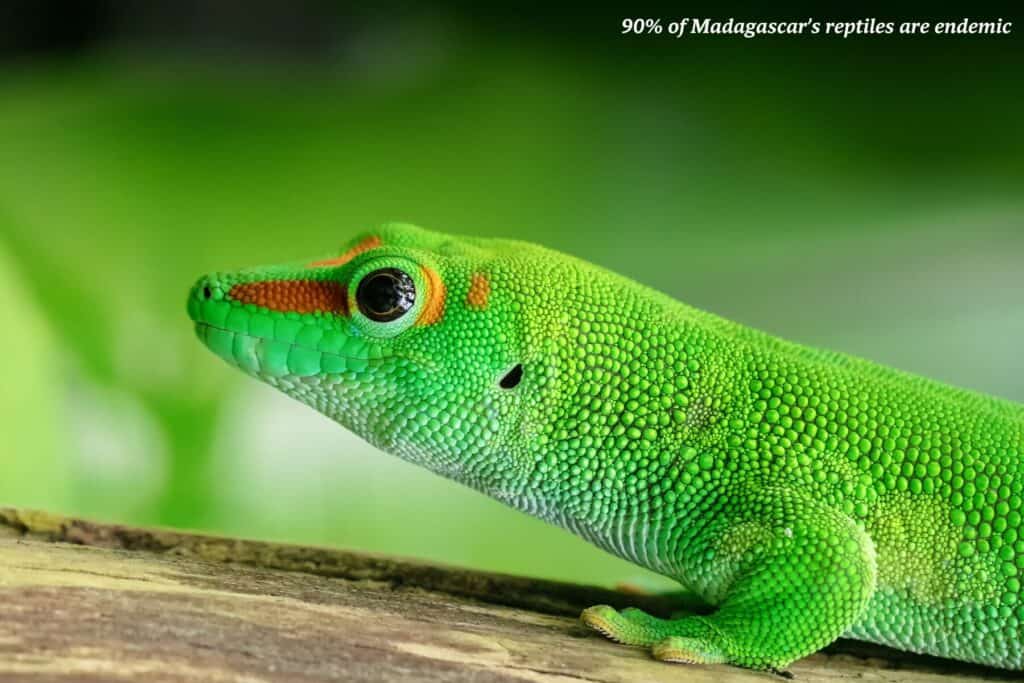
See other wildlife up close
Often referred to as ‘The Eighth Continent’ because of the unique fauna it houses, Madagascar is the perfect place for travellers who find themselves inspired by the natural world.
Home to colour-changing chameleons, eye-popping frogs, over 150,000 types of invertebrate, jumping rats and the cat-like fossa, Madagascar’s wildlife opens the door to a whole new world.
Yes, Madagascar is the only place where you can see lemurs in the wild, but these entertaining characters are not the only animals deserving of a stage. Scattered across coral reefs, natural pools and other spectacular scenery, you will discover creatures so rare that they have to be seen to believed. And they are waiting for you in Africa’s most exciting wildlife destination.
For more information, check out our guide to Madagascar Wildlife.
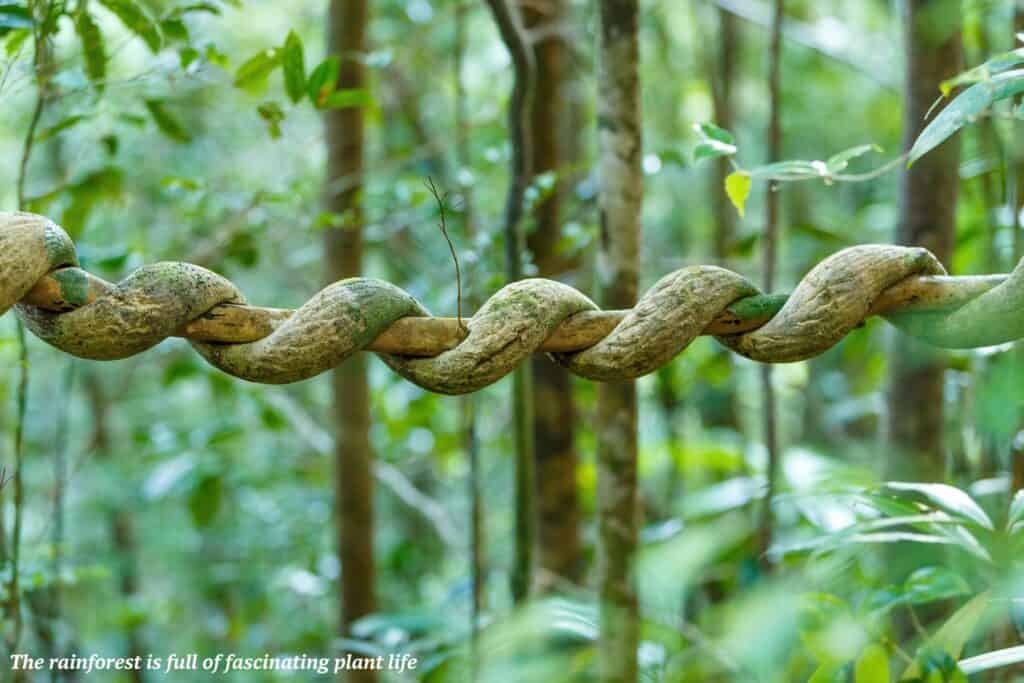
Get lost amongst mind-boggling flora
Madagascar and the surrounding smaller islands play host to some 13,000 species of flora, of which a mind-blowing 89% are endemic.
Although some other regions of the world (such as the Tropical Andes, Indonesia and Brazil) have more plant species, they have substantially lower rates of endemism, typically below 50%.
Madagascar is the world’s number one floral hotspot for an area of its size. Particular species to look out for are the pachypodium tree and carnivorous pitcher plants.
Isalo National Park is particularly well-known for its species of plants. Among its iconic rock formations can be found a host of spectacular flora, including dwarf baobab, Isalo aloe, kalanchoes and pandanus.
While rarely among the list of most visited parks (Tsingy de Bemaraha National Park and Andasibe-Mantadia National Park tend to come out on top), Isalo is great option for travellers hoping to avoid the crowds.
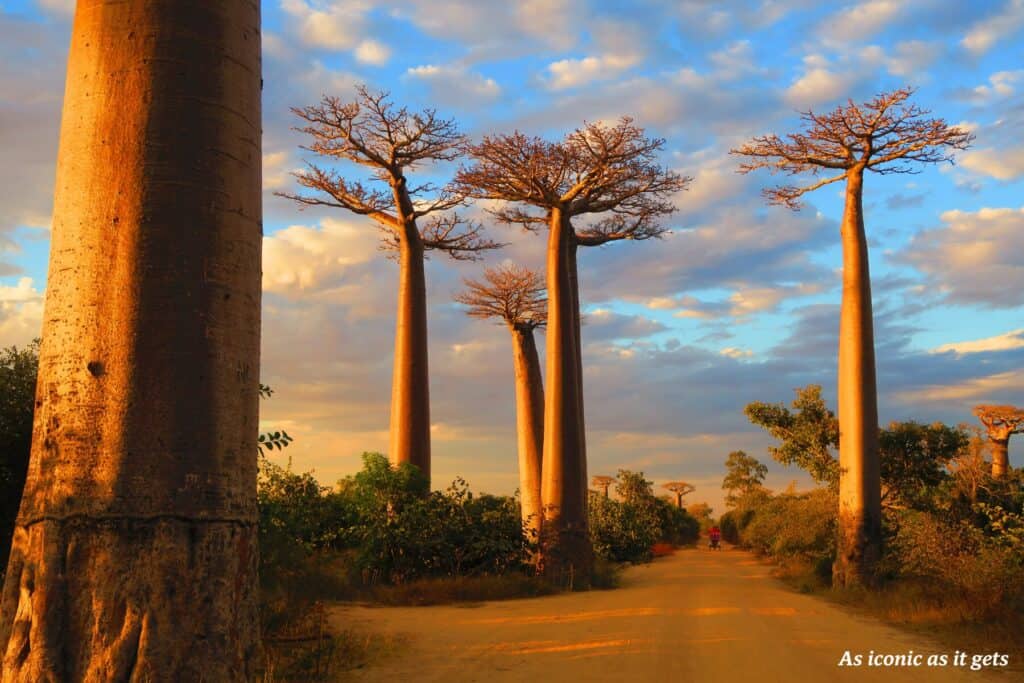
Venture along the Avenue of Baobabs
Perhaps the most photographed spot in the country, the Avenue of the Baobabs has become an iconic symbol of Madagascar. The ‘Avenue’ is located in the Menabe (western) Region just north of the coastal town of Morondava.
Known locally as the ‘mother of the forest’, Baobabs have stood on an unassuming dirt road on the west coast of Madagascar for centuries.
Once upon a time, these imposing trees formed a small part of a much larger forest. Unfortunately, modern developments have led to a widespread deforestation throughout the country and so today only a handful remain.
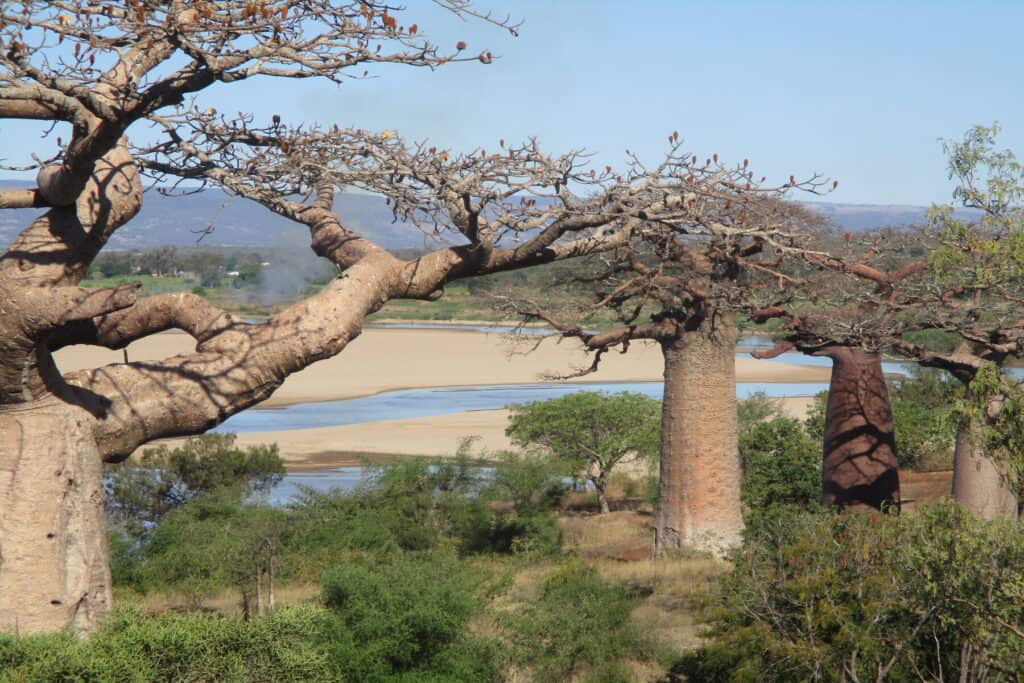
While this iconic passageway has been drawing the attention of adventurous souls for years, few people are aware that Madagascar is home to several other baobab species scattered throughout the country.
Although the avenue itself is only 260 metres long, there are other baobabs worth visiting nearby.
Baobab Amoureux, for example, is located just 3 kilometres away. Here, two A grandidieri baobabs have twisted themselves into a tight embrace reminiscent of that which is shared by two lovers. It is this unique formation that has earned these trees their romantic name.
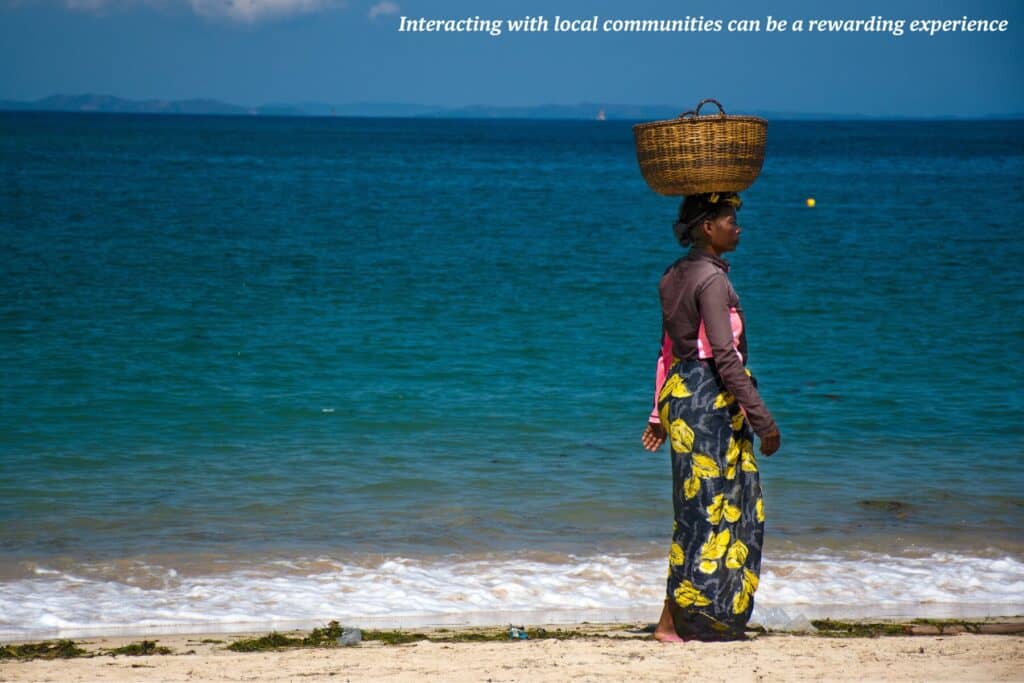
Give something back
Beyond its diverse wildlife and awe-inspiring landscapes, the magical atmosphere found in Madagascar is the product of the people who live there. Every visitor returns home with fond memories of welcoming people; interactions with the locals – especially the children – can turn out to be the highlight of a trip.
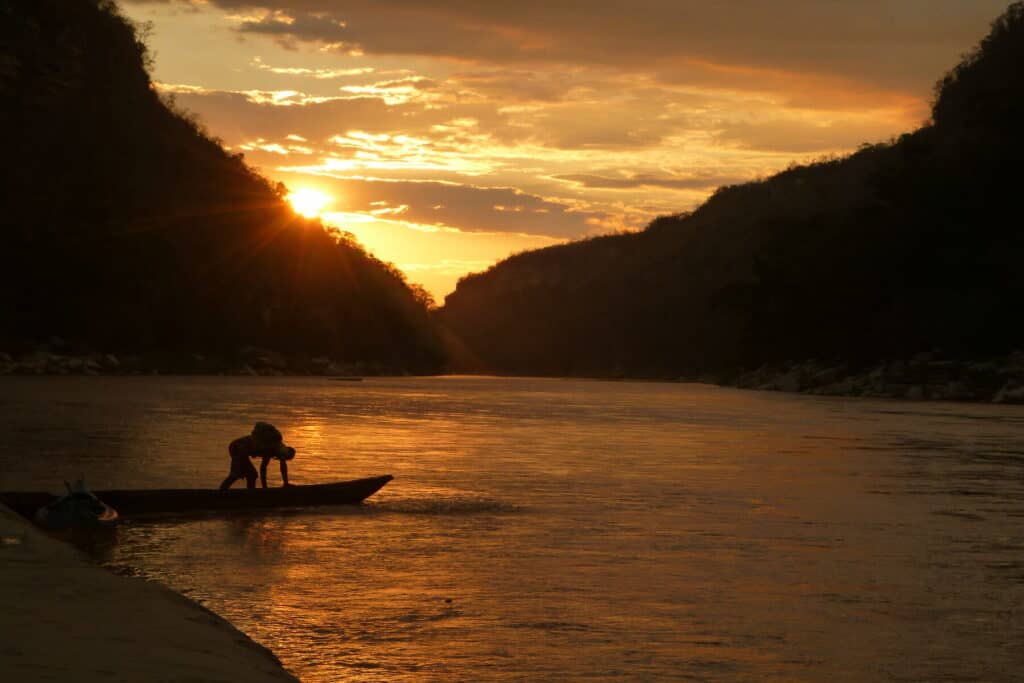
While travellers must be careful to avoid contributing to harmful patterns of ‘voluntourism’, there are countless organisations that are doing genuine good in Madagascar. Through a variety of community and conservation projects, both local and global initiatives are finding ways to have a positive impact on the lives of Madagascan people. Any of them would welcome even a modest financial donation and some can make use of certain donated items, such as clothes, books or medical supplies.
You can also give your time and energy to several charities as a volunteer, but you must do your research to ensure that your efforts are being harnessed correctly. To find out more about how you can give back in a responsible and sustainable way, check out our guide to Madagascar.
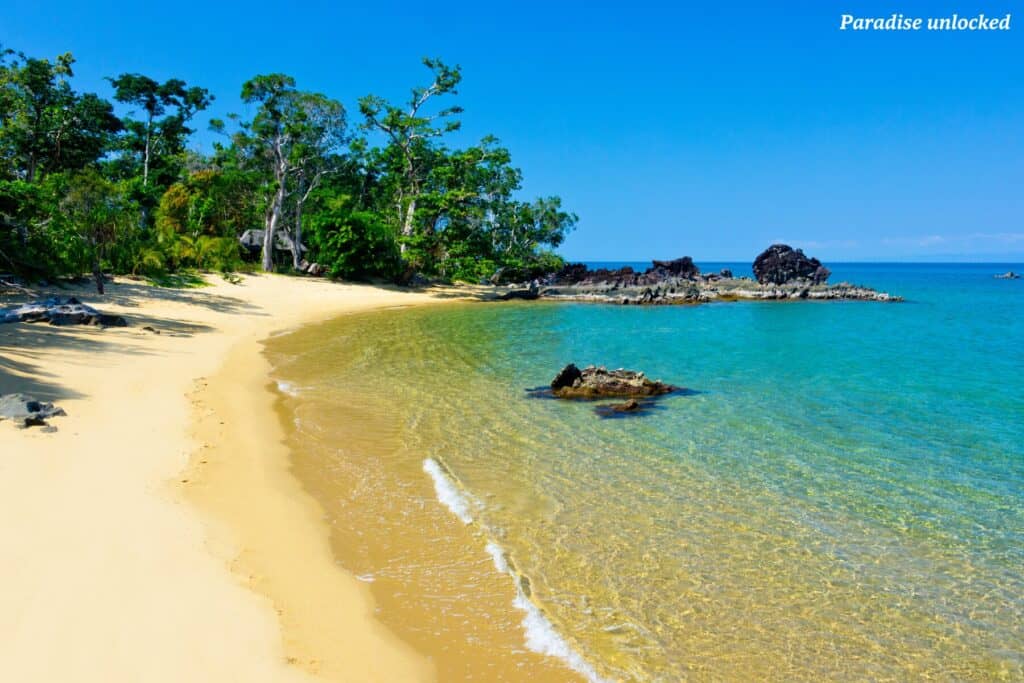
Laze on glorious beaches
Madagascar’s beaches are the stuff of legend, making this southeastern African nation one of the best places on the planet for a coastal getaway.
Swathes of golden, uncrowded sand are easy to come across in Madagascar and its surrounding islands. The best beaches are the blue lagoons along the west coast, but some people are disappointed because of the shallow water (it is often impossible to swim at low tide). There are beautiful beaches on the eastern coast but strong currents and sharks are a risk in many parts. The very best beaches are thus those found in more remote areas such as Anjajavy, the island of Nosy Be, Ile Sainte Marie and south of Toliara.
The best way to experience Madagascar’s beaches is to take your time travelling throughout the country. While it is possible to travel between small islands by boat, more popular destinations tend to have local airports, and there are a number of domestic flights available for visitors eager to experience as much of Madagascar as possible.
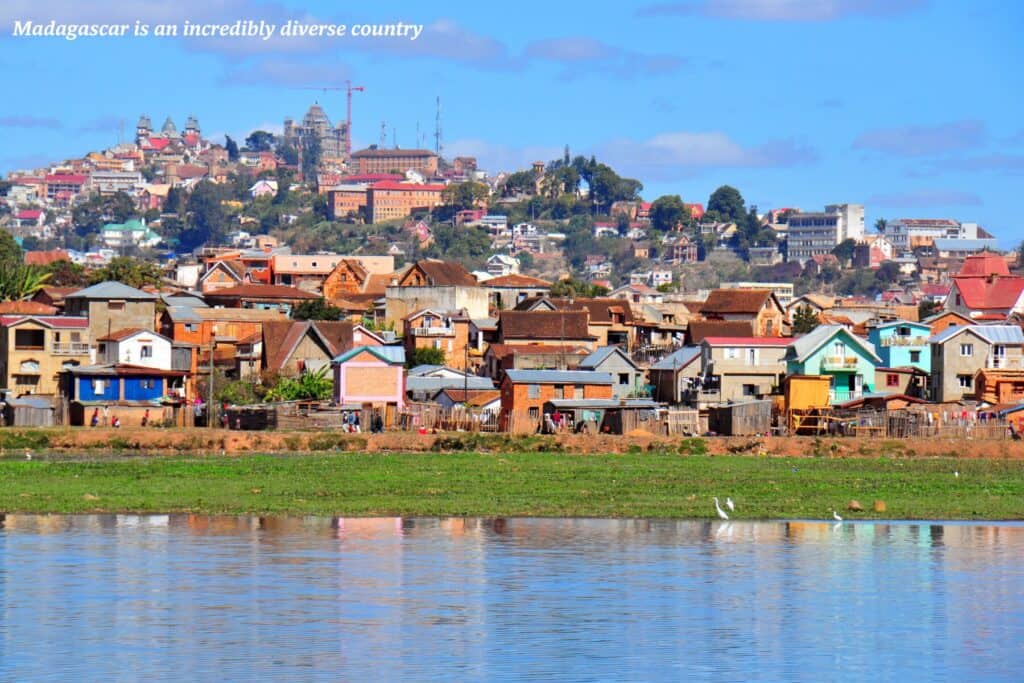
Learn about unique customs
The Afro-Asian origin of the Malagasy has produced a people with complicated and fascinating beliefs and customs. Despite the various tribes and Madagascar’s diverse culture, the country shares not only a common language but a belief in the power of dead ancestors – razana. Try to coincide your trip with a visit to a famadihana – a Malagasy burial ceremony.
Most common in rural areas outside of the capital city of Antananarivo and in the highlands of Madagascar, this sacred ritual involves families removing their deceased relatives from ancestral crypts and wrapping their bodies in fresh silk shrouds. Festivities then commence – including drinking, dancing and conversing with the dead – before the sun sets and bodies are returned to their tombs.
This ‘turning of the bones’ takes place every 5-7 years and offers an important insight into life and death in Madagascar. In contrast to western social norms (in which ‘moving on’ is hailed as the best response to loss), Malagasy people believe that those we love remain with us even after they pass, and we should take the opportunity to celebrate them whenever we can.
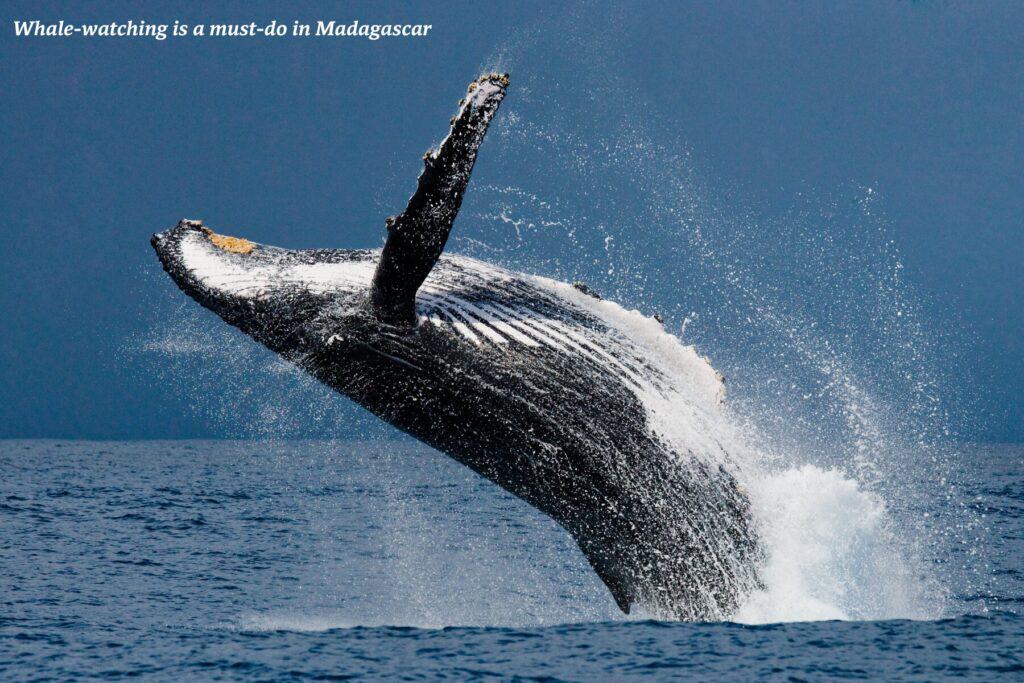
Enjoy a range of water activities
As an island surrounded by several other tropical islands, Madagascar has no shortage of ocean. Enjoy everything from diving and snorkelling to windsurfing and kite-surfing. To make the most of Madagascar’s aquatic wildlife, visitors should consider joining a snorkelling tour.
In addition to the wide range of sea-based water activities, travellers can also take a ‘floating safari’ along one of the island’s rivers. Rivers allow you to visit otherwise inaccessible areas, escape from the crowds and enjoy some peace and quiet.
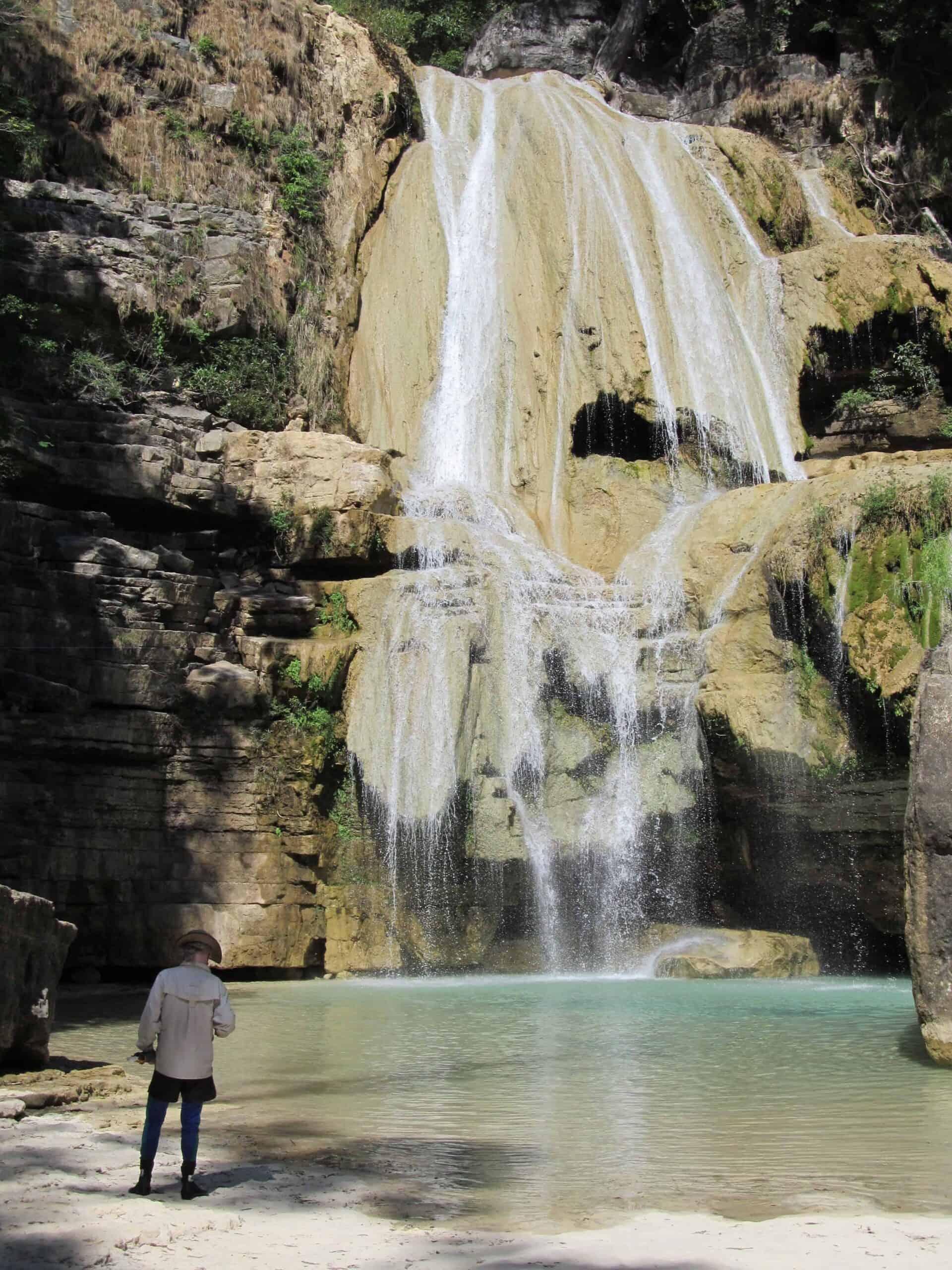
The popular stretch of the Tsiribihina River (from Miandrivazo to Belo Tsiribihina) features forest walks, beautiful beach camps and amazing side streams that are home to picturesque waterfalls, blue-water grottos, and travertine chutes. The section of the Manambolo River from Ankavandra to Andadoany (near Bekopaka) is a wonderful way to reach the Tsingy de Bemaraha National Park and offers plentiful opportunities for barefoot strolls along the beach.
Finally, the Mangoky River – featured in Patricia Schultz’s bestselling book, ‘1,000 Places to Visit Before You Die’ – passes through one of the largest baobab forests in the world, and offering a truly remote river journey and camping experience.
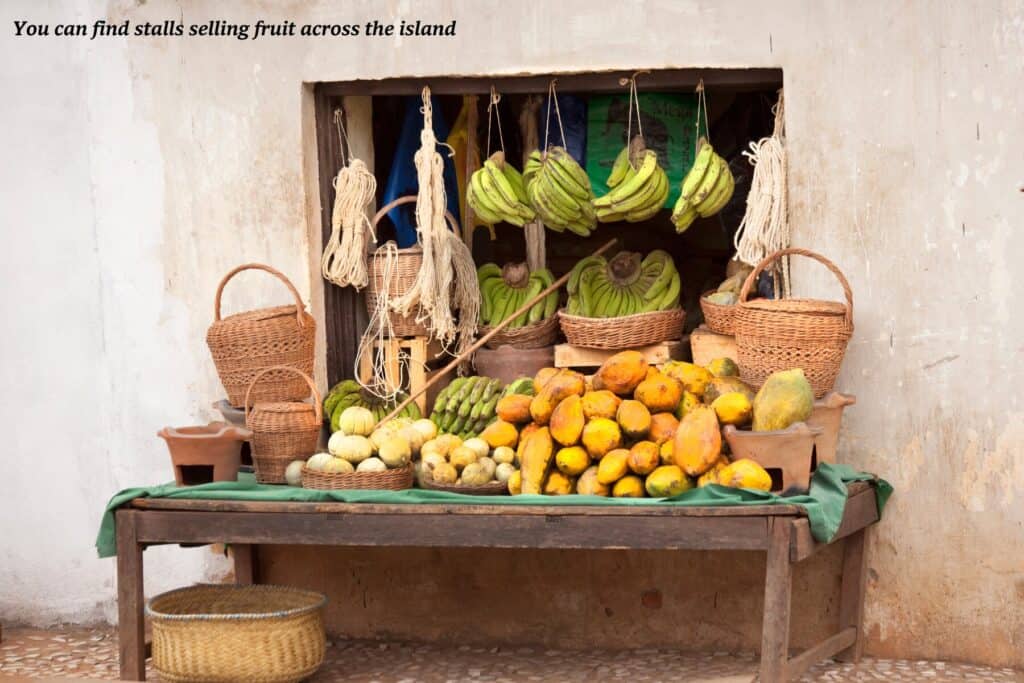
Sample local cuisine
Food is one of the best reasons to visit Madagascar. Wherever you go, you will find freshly prepared, original dishes at independent outlets. From delicious seafood and sweet ground cassava leaves, to sugar cane juice, there’s a delicacy to delight every palette.
For a real Malagasy meal, eat at a hotely. These are often open-sided shacks where the menu is chalked up on a blackboard: henan-omby (beef), henan-borona orhen’akoho (chicken), henan-kisoa (pork), trondro or hazan-drano (fish), all served with vary (rice).
Other dishes include tsaramaso (rice with beans and pork), vary sosoa (rice pudding/porridge) and koba (rice ground with peanuts and banana, wrapped in a banana leaf and served in slices). Along with the meat or fish and inevitable mound of rice comes a bowl of watery liquid. This is a stock to be spooned over the rice or drunk as a soup.
More information
Remote River Expeditions – Madagascar is a small hands-on company. They take their name from their original 1985 expeditions exploring the rivers of the island. Since then, they have become specialists in creating truly unique vacations and learning experiences that cater to all ages and interests.
Tours range from 3 to 26+ days and include all-inclusive and half-board options. Multi-lingual, naturalist guides are also included. Costs start at around €100 per person, per day.
A sampling of their offerings:
Highlights of the West: Tsingy de Bemaraha a UNESCO World Heritage Site, Kirindy Forest Reserve and Avenue of the Baobabs.
Madagascar – Highlights of the North: Includes Three Bays, Emerald Sea, national parks and whale watching.
Madagascar – Island of Contrasts: This tour contrasts the western dry forest and the eastern rainforest.
Mangoky River, Rainforest and the West: A world class river journey and a comprehensive look at the Great Red Island.
Baobab Quest – Beyond the Avenue of the Baobabs: Focuses on the wildlife of the Menabe region and the Mikea and Antimena forests.
For more options, see Remote River Expeditions – Madagascar.
For more reasons to visit, check out Hilary Bradt and Daniel Austin’s guide to Madagascar.